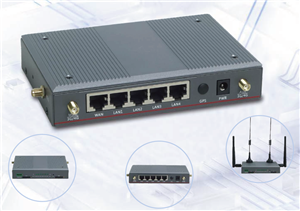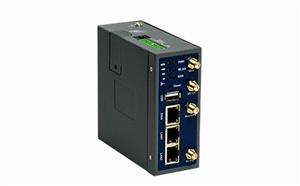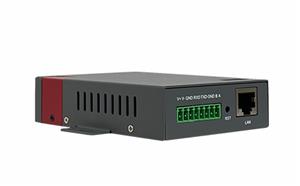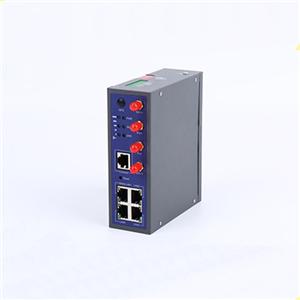The technology behind the Internet of Things
The technology behind the Internet of Things
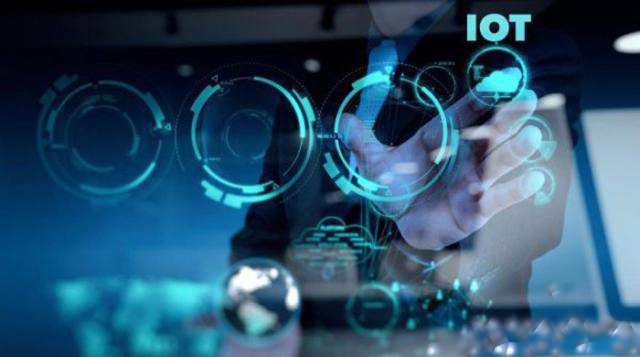
The Internet of Things shows us a better future: refrigerators that can automatically order food, bridges that can alert cars on icy roads, or smarts that can monitor personal health and send real-time data to doctors' phones device. Although all this may come soon, we still need to understand the myriad behind-the-scenes technologies to make dreams a reality, without which they would never be realized.
The Internet of Things is a system composed of interconnected digital devices, machines, objects, animals, or people. They have unique identifiers and can transmit and share data on the network without the need for people-to-people or people-to-device. Interaction. The purpose of the Internet of Things is to bridge the gap between the physical world and the virtual world and create an intelligent environment that enables individuals and the entire society to live in a smarter and more comfortable way. Although it sounds a bit exaggerated, the Internet of Things has indeed become part of our daily lives and will always exist. With all of this in mind, let's now briefly review the enabling technologies behind the IoT world.
What is the Internet of Things technology?
Given the diversity and abundance of IoT technology solutions, if you want to find a way out of the IoT technology maze, it will be a difficult task. However, for simplicity, we divide IoT technology into four basic levels:
Device hardware
This device is actually the "thing" of the Internet of Things. As an interface between the real world and the digital world, they differ in size, shape, and technical complexity, and their special attributes depend on the tasks they perform in a particular IoT deployment. Whether it is a needle-sized microphone or a heavy construction machine, almost every object (even living animals such as animals or humans) can be measured and collected by adding the necessary instruments (by adding sensors or drivers and appropriate software) Data and turn it into connected devices. Of course, sensors, drivers, or other telemetry devices themselves can also be used as standalone smart devices.
Device software
This is actually why the connected device is "smart". This software is responsible for communicating with the cloud, collecting data, integrating devices, and performing real-time data analysis in the IoT network. In addition, the device software can also meet the user's ability to visualize data and interact with IoT systems.
Communication
After replacing the hardware and software of the device, there must be another layer, which will provide the way to exchange information with the network of other objects in the world, in the form of smart objects. Although this is a fact that is closely related to the hardware and software communication mechanisms of the device, it is essential that they be considered as a separate layer. The communication layer includes the physical connection solutions (mobile, satellite, LAN) and specific protocols used in different environments (Zigbee, Thread, Z-wave, MQTT, LWM2M). Choosing the right communication solution is an important part of building a network technology system. The choice of technology determines not only the delivery of data to and from the cloud, but also communication management devices and third-party devices. We will introduce some detailed current communication solutions, later in this article.
platform
As mentioned earlier, with the help of smart hardware and installed software, the device can "perceive" what is happening around it and communicate with the user through a specific communication channel. The IoT platform is a place to collect, manage, process, analyze and present all this data in a user-friendly way. So what makes this solution particularly valuable is not only its ability to collect and manage data, but also its ability to find useful insights from the data. Similarly, there are many IoT platforms on the market. The choice of platform depends on the requirements of a particular IoT project, as well as factors such as architecture and IoT technology stack, reliability, custom attributes, protocols used, hardware agnostics, security, and cost effectiveness. In addition, it is worth mentioning that the platform can be installed locally or in the cloud.
Connectivity solutions in the IoT technology stack
There are many IoT applications in real life, and there are no shortage of connection solutions behind these applications. Depending on the requirements of the use case, each connection option can provide different application support scenarios, and tradeoffs can be made between power consumption, range and bandwidth. For example, if you are building a smart home, you may want to integrate indoor temperature sensors and heating controllers into your smartphone so that you can remotely monitor the temperature of each room and adjust it in real time based on current needs. In this case, threads are recommended and the protocol is designed specifically for home automation environments.
Due to the variety of breeds and communication standards and protocols, it may be that new solutions have raised questions about the actual needs of development. The reason is that the existing network protocols, such as Transmission Control Protocol / Internet Protocol (TCP / IP), often have unsatisfactory results and excessive power consumption, which improves work efficiency in emerging technologies. This section provides a brief overview of the major alternatives to the private network protocols used in systems of things.
Introduced the most popular IoT wireless connection technology at present, and divided the radio frequency range of each solution: short-range solution, middle-range solution and long-range WAN solution.
Short-range IoT solutions:
Bluetooth
Radio Frequency Identification (RFID)
Medium range solutions:
Wi-Fi
ZigBee
Thread
Long range WAN Solution:
NB-IoT
LTE-Cat M1
LoRaWAN
Sum up
IoT technologies have emerged in our homes, public spaces, offices and factories, and, given their speed of development, it seems to be getting closer and closer to institutional forecasts. However, the real question should not be when, but how to achieve the highest possible efficiency while ensuring critical performance such as safety and cost effectiveness. Therefore, from a practical perspective, the key to success seems to be choosing the right IoT technology from the many existing solutions.

